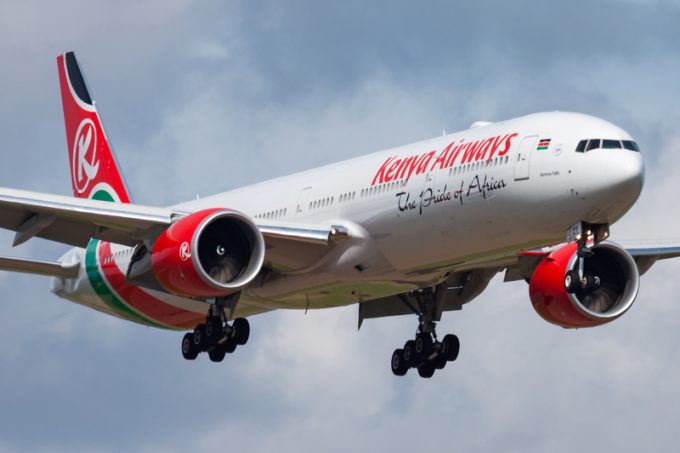India renews open sky policy for foreign air cargo carriers
In a significant move, India has liberalised its aviation policy to permit foreign cargo airlines ...

Kenya Airways (KQ) is on a mission to increase its cargo business from 10% of its total revenue today to at least 20% in five years.
During the airline’s AGM in Nairobi in June, CEO Allan Kilavuka said the carrier would add two converted B737-800 freighters to its fleet and, potentially acquire another widebody freighter in the longer term.
Mr Kilavuka gave no further details, so The Loadstar asked aviation analysts at IBA and Lufthansa Consulting how things might play out for KQ.
IBA data shows airlines in Africa operate around 10 B737-800 freighters, converted by Boeing, IAI or AEI, including Allied Air (Nigeria), Egypt Air, Rwandair, Express Air Cargo (Tunisia), Serve Air Cargo (DRC) and Air Algerie, which all operate one, while Ethiopian has four.
Jonathan McDonald, manager classic and cargo aircraft and ISTAT-certified senior appraiser, noted that, typically, a B737-800 freighter offered up to 24 tonnes of capacity, or 12 pallet positions, ideal as a general freighter.
While KQ is in the process of acquiring a widebody freighter, neighbouring Air Tanzania recently took delivery of the first factory-built B767F on the continent.
“When committing to widebody freighters, one key consideration is whether the intended routes or network offer a basic balance of traffic, which is very important in ensuring overall profitability of the operation,” said Terence Im, managing consultant at Lufthansa Consulting.
Ethiopian Cargo seem to have successfully inducted converted B767-300ERs into its route network and IBA thinks KQ should follow suit. Mr McDonald said if KQ tried to “leapfrog” Ethiopian and acquire a larger A330-200F/P2F/300P2F, it would be a step too far in the capacity game; especially as the cargo industry is so cyclical.
And he reckons a new B767-300F would be too expensive (around $84m to buy or in excess of $500,000 a month) to lease. He said: “We would recommend they find a good provenance passenger aircraft, roughly 20 years old and have it converted.”
IBA suggested that, with a Boeing 767-300ER, key routes could be along the lines of Nairobi-Johannesburg or Cape Town, Addis-Lagos-Cairo and on to European destinations, Mauritius or Mahe to the east and, invariably, Dubai, Mumbai and Delhi as staging posts for farther destinations like Singapore, Hong Kong and Guangzhou.
Mr McDonald added: “However, that is a lot of destinations for just one or two aircraft, so a reasonably substantial fleet would have to be built up to maintain the service.”
Mr Kilavuka also mentioned partnerships as a possible route to grow cargo volumes. Ms Im suggested partnering with dominant GSSAs to take over the sales and management of the belly capacity.
“This minimises the complexities airlines would need to manage, while still benefiting from a certain level of cargo income. This type of partnership is quite common in the Americas and Europe, especially for low-cost airlines.”
Comment on this article